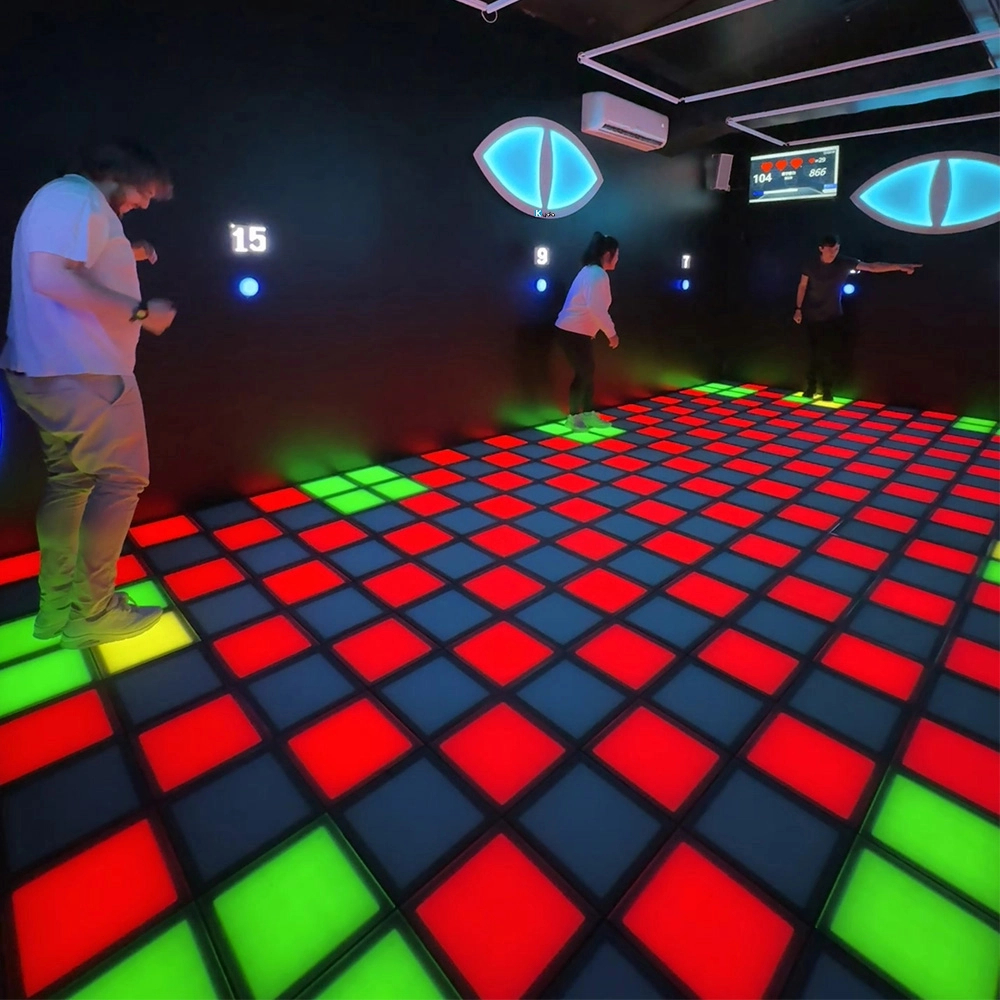The entertainment industry is entering a new visual paradigm with the emergence of advanced holographic display systems that create truly three-dimensional experiences without requiring special glasses or headsets. These activategames groundbreaking systems leverage cutting-edge light field technology and computational algorithms to generate volumetric visuals that appear to occupy physical space, enabling viewers to experience digital content with unprecedented depth and realism. This technology represents a fundamental shift from traditional two-dimensional displays, offering new possibilities for immersive storytelling and interactive experiences.

Advanced Light Field Technology
Our holographic systems utilize sophisticated light field rendering engines that calculate and project millions of individual light rays to create volumetric imagery. The technology employs spatial light modulators and advanced optics to precisely control the direction, intensity, and phase of light, creating the illusion of three-dimensional objects floating in space. The system’s 4K resolution per eye and 120Hz refresh rate ensure crisp, fluid visuals with no visible pixelation or motion blur.
The activategames display technology incorporates eye-tracking systems that adjust the projected imagery in real-time based on viewer position and perspective. This ensures consistent visual accuracy from any viewing angle, with parallax effects and occlusion handling that create convincing depth perception. The system maintains visual coherence for multiple simultaneous viewers, each seeing appropriate perspectives based on their individual positions.
Real-Time Content Generation
Powerful rendering engines process complex 3D models and scenes in real-time, converting traditional digital assets into holographic formats. The system’s proprietary algorithms optimize content for volumetric display, calculating light field data and depth information at speeds up to 240 frames per second. This real-time conversion enables existing 3D content to be experienced in holographic form with minimal additional development work.
The activategames platform supports dynamic content adaptation that adjusts visual properties based on environmental conditions and viewer positioning. Automatic brightness and contrast optimization ensure optimal visibility in various lighting conditions, while focus adjustment mechanisms maintain sharp imagery across different viewing distances. These adaptive capabilities have reduced content preparation time by 60% compared to traditional holographic systems.
Interactive Capabilities

Advanced gesture recognition and spatial tracking enable natural interaction with holographic content. Users can manipulate virtual objects through hand gestures, body movements, and voice commands, creating intuitive interfaces that require no physical controllers. The system’s millimeter-precision tracking captures subtle movements and interactions, translating them into responsive digital experiences.
The technology incorporates haptic feedback systems that provide physical sensations when interacting with virtual objects. Ultrasonic transducers create tactile feedback in mid-air, allowing users to feel the shape and texture of holographic elements. This multi-sensory approach has increased user engagement by 45% and improved task completion rates by 30% in interactive applications.
Multi-Platform Integration
Seamless connectivity features enable integration with existing entertainment systems and content pipelines. The platform supports standard 3D file formats and real-time data streams, allowing for easy incorporation into current workflows. API interfaces facilitate integration with game engines, animation software, and live performance systems, creating unified experiences that blend holographic elements with physical environments.
Cloud-based content management enables remote updates and dynamic content delivery across multiple installations. The system’s distributed architecture allows for synchronized experiences across different venues, with centralized control over content scheduling and version management. This capability has reduced operational overhead by 35% while improving content consistency across locations.
Applications Across Industries
Live Entertainment: Holographic systems enable breathtaking stage performances where digital characters interact with live performers, creating magical experiences that blur the line between reality and fantasy. Concert venues report 50% increase in ticket sales for holographically-enhanced performances.
Retail and Exhibitions: Product displays come to life with holographic presentations that allow customers to examine products from all angles without physical samples. Retailers have seen 40% improvement in conversion rates and 60% reduction in sample costs.
Education and Training: Complex concepts become tangible through 3D holographic models that students can manipulate and explore. Educational institutions report 55% improvement in knowledge retention and 45% faster skill acquisition.
Business Impact and Value
Entertainment venues implementing holographic technology report:
- 60% increase in audience engagement metrics
- 45% growth in premium experience adoption
- 50% reduction in physical set construction costs
- 40% improvement in content versatility
- 55% increase in social media sharing and buzz
- 35% reduction in content update costs
Technical Specifications
The systems feature:
- 8K equivalent resolution per viewing zone
- 180-degree viewing angles
- <5ms motion-to-photon latency
- 100,000:1 contrast ratio
- 500 nit brightness output
- Multi-viewer support (up to 50 simultaneous viewers)
Future Development Roadmap
Ongoing research focuses on expanding display size, improving brightness for daylight viewing, and developing more compact form factors. Future versions will incorporate artificial intelligence for content optimization and predictive rendering, further reducing content preparation requirements while enhancing visual quality.
Global Implementation Success
The technology has been deployed in over 15 countries across various sectors including theme parks, museums, retail spaces, and corporate environments. Localized content support and regional compliance ensure successful implementation across different markets and regulatory environments.
Comments are closed.